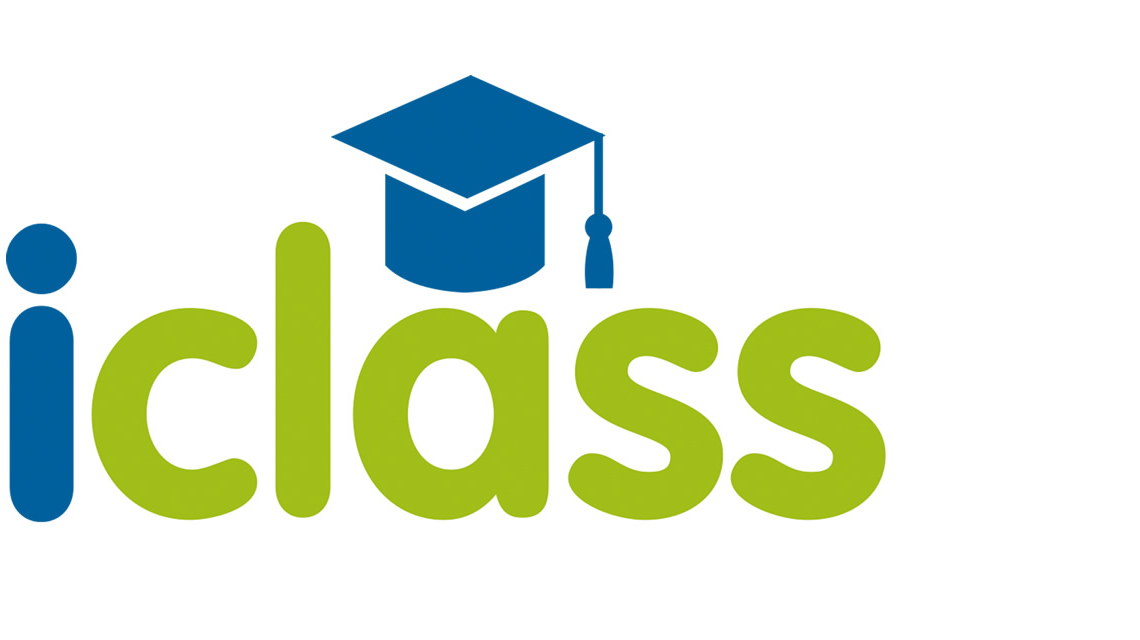 Schools are rapidly adopting innovative strategies to boost student engagement and success rates. The use of technology in the classroom facilitates critical thinking, an enhanced learning experience, and student creativity. Here are some of our favorite trends in Education Technology.
Schools are rapidly adopting innovative strategies to boost student engagement and success rates. The use of technology in the classroom facilitates critical thinking, an enhanced learning experience, and student creativity. Here are some of our favorite trends in Education Technology.
Maker Spaces
Maker Spaces are beginning to be seen in schools across the world. Featuring 3D printers, digital rendering software, art supplies, and more, they serve as a hub for student creativity. Pupils develop valuable STEAM skills while interacting with peers and teachers. While playing and working, students learn to problem-solve, design, and experiment in all areas of their life. Learn more about starting a Maker Space here.

Collaborative Learning
Research demonstrates that collaborative learning, whether in small groups or peer-to-peer, helps promote higher-level thinking in students. Students do not learn alone but strive towards learning in groups. This is especially helpful for learners in the 21st century as this is how many companies operate.
Teachers are taking collaboration to the digital level is with programs such as Google Drive, blogs, and video conferencing. Students are able to collaborate not just with their classmates, but on a global scale.

Gamification
Gamification in learning is an emerging teaching strategy based on the psychology of video games. Students are incentivized to learn and develop skills, boosting motivation and satisfaction. Gamification promotes active learning and engagement among students.

Seamless communication
Parents and pupils expect a seamless communications process between school and home. It’s what they experience in every other aspect of their life. To provide this, schools can use a platform like iClass, which allows for dynamic mobile messaging between parents and schools. With iClass, schools can manage all communications, including event registration, volunteer sign-ups, online publishing, and parent-teacher interactions. An intuitive communications process is critical for parent engagement and student success.






 UK + 442895907779
UK + 442895907779 customerservice@iclasscms.com
customerservice@iclasscms.com


